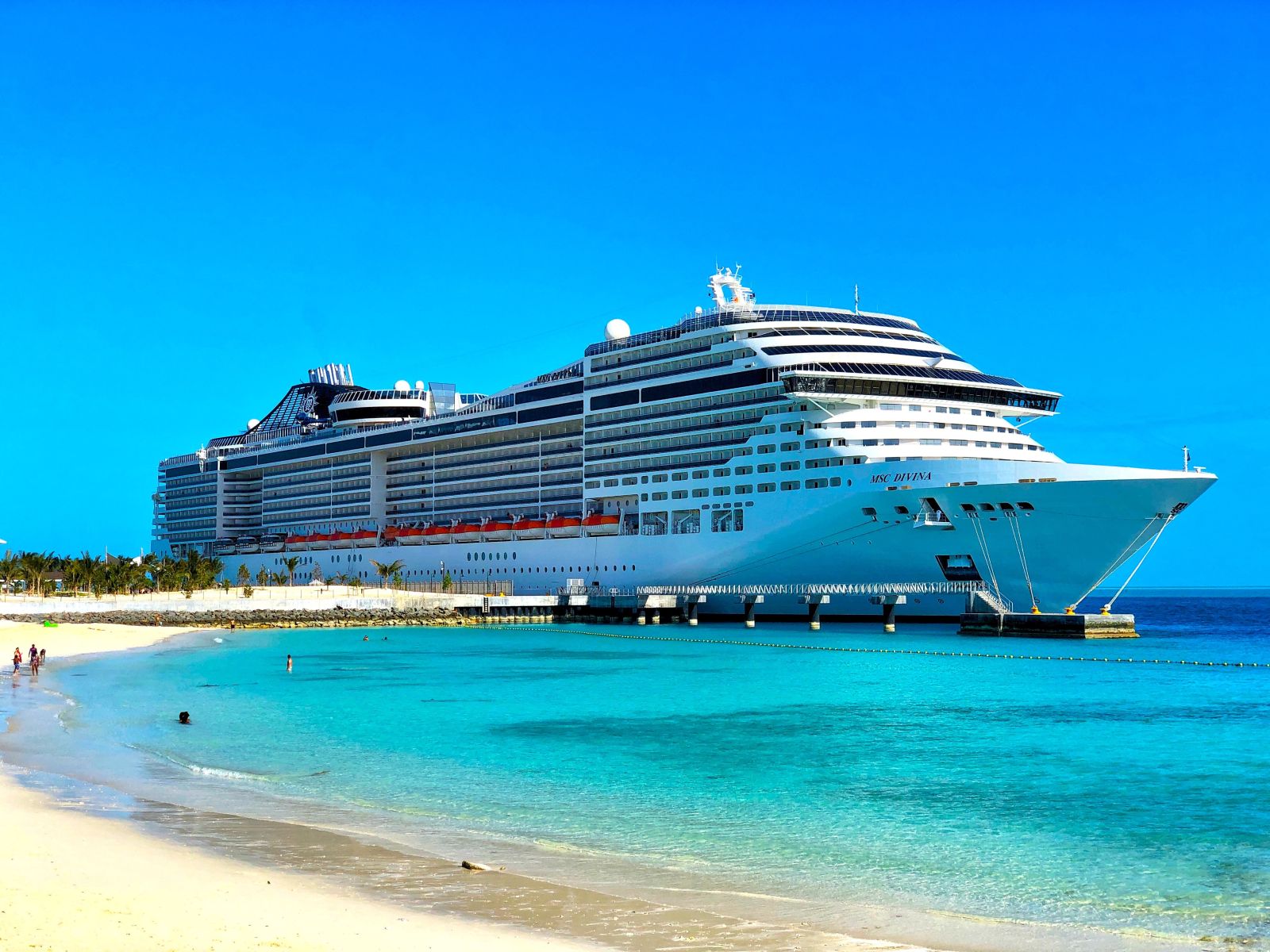
Apparently, travelers’ love of the high seas stretches as far as the horizon. Even as wider travel spending begins to cool following a blockbuster 2023, demand for cruise vacations is moving full speed ahead.
This has been a boon for the major cruise operators - Carnival (CCL), Norwegian Cruise Lines (NCLH), and Royal Caribbean Cruises (RCL). All three cruise lines have reported record booking volumes and raised their full-year guidance.
Favorable Winds Blow for Cruise Stocks
The wind is definitely blowing in the companies’ favor. Globally, the number of cruise passengers hit 31.7 million in 2023. This topped the pre-pandemic level by 7%, according to the Cruise Lines International Association.
The “weather” forecast remains favorable, as well. The number of passengers is expected to hit almost 40 million by 2027.
Meanwhile, fuel prices — one of the biggest expenses for any cruise line — have continued to fall. All of this ensures that free cash flow will continue to grow.
In addition, cruise operators placed very few orders for new boats during the pandemic, which is limiting capacity growth. As a result, cruise companies have been able to raise ticket prices. Net yield - revenue per passenger per cruise day (excluding costs) - is expected to increase substantially at all three cruise operators.
For example, in the first quarter, Royal Caribbean reported a net yield (or profit) of $247.20 per passenger. That was up 19.5% from the first quarter of 2023, and above the $196.89 result in the first quarter of 2019 - a pre-pandemic benchmark.
The Industry's Massive Debt Anchor
However, while travelers have enthusiastically jumped aboard those floating resorts, investors have been more reluctant.
Of the three stocks, only the share price of Royal Caribbean has managed to surpass its pre-pandemic highs. Carnival and Norwegian are still trading at more than 60% below their February 2020 levels.
The reason is that these companies are weighed down by a massive anchor - debt.
Cruise operators were forced to borrow heavily during the COVID lockdowns. Carnival increased its borrowings by almost $20 billion between 2019 and 2022, ending its fiscal 2023 year with a net debt to EBITDA ratio of 6.7 times. Before the pandemic, the ratio was just 2 times. At Norwegian, it was just as bad - the net debt to EBITDA ratio more than doubled to 7.4 times during the same time frame.
Royal Caribbean is the least leveraged of the three, with a net debt to EBITDA of 4.7 times at the end of 2023. Debt makes up about a third of its enterprise value, compared with 60% and 66% at Carnival and Norwegian, respectively.
Why Royal Caribbean Stands Out
That's reason enough to make Royal Caribbean my favorite in the sector. But there’s more.
It's been a record start to 2024 for Royal Caribbean. In the first quarter, record bookings for key itineraries drove 29% year-over-year revenue growth. And the increase in non-GAAP earnings per share to $1.77 was even stronger, reversing a loss of $0.23 in the prior-year quarter. The company also delivered a Q1 cruise occupancy rate of 107%.
What's behind the record start to 2024?
Royal Caribbean seems to be attracting a more diverse and younger customer base seeking their ultimate vacation. Notably, higher levels of first-time cruise passengers and repeat guests, including at Celebrity Cruises (a premium cruise line) and Silversea (ultra-luxury cruises), indicate broad brand momentum for the company.
In the last quarter’s earnings conference call, Royal Caribbean CEO Jason Liberty said: “Our addressable market is expanding, and New to Cruise continues to grow, increasing 16% year-over-year. These guests are discovering our differentiated vacation experiences and are increasingly returning to us as we see repeat rates over 30% higher compared to 2019. Our brands also continue to attract new and younger customers.”
Specifically, the share of millennials and younger generations among Royal Caribbean's guests has increased by 11 percentage points compared to 2019.
There may be more such gains to come. This is thanks to the excitement over the Icon of the Seas ship, which just entered service on Jan. 27, and the upcoming Utopia of the Seas ship, which is scheduled to enter service on July 19.
Buy RCL Stock
The company now expects to achieve all of its “Trifecta” goals in 2024, one year early. The goals were set in November 2022.
These goals are: increasing adjusted EBITDA per available passenger cruise day to triple digits, to exceed the prior record of $87 in 2019; raising adjusted EPS to double digits, to exceed the 2019 record of $9.54; and achieving return on invested capital in the teens, topping 2019's 10.5%.
With $6 billion in customer deposits, as of March 31, and around $1.4 billion in debt coming due through the end of 2024, I expect the company will continue to pay down debt with excess cash, eventually regaining investment-grade status.
If the prevailing consumer preference for experiences over things persists - and I believe it will - RCL's net yields could rise faster than Wall Street expects as demand rises.
All of this makes Royal Caribbean stock a buy, even though it's already up 26% year-to-date and 60% over the past year. RCL stock can be bought at $169 or below.








